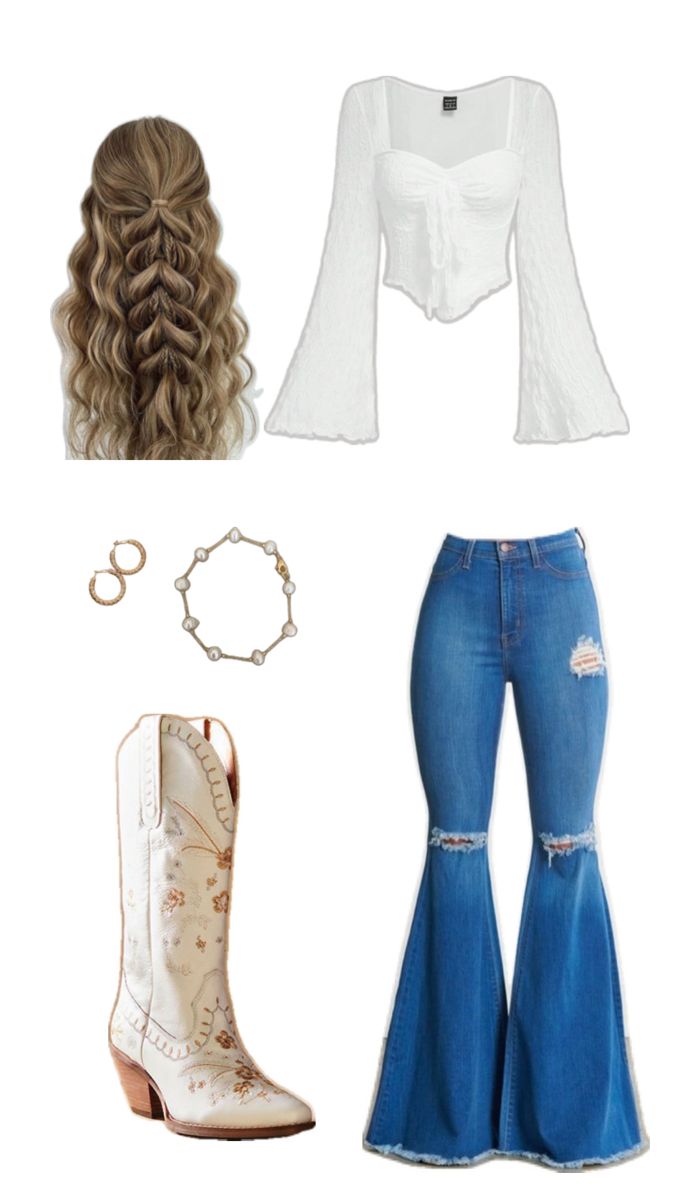Discover the Joy of Dancing: A Beginner's Guide

Discover the Joy of Dancing: A Beginner’s Guide
Dancing is more than just movement—it’s a universal language, a form of self-expression, and a celebration of life. Whether you’re swaying to your favorite tune in the kitchen or stepping onto a dance floor for the first time, the joy of dancing is accessible to everyone. Yet, for many beginners, the idea of dancing can feel intimidating. Where do you start? What if you have two left feet? Fear not! This guide is designed to demystify the world of dance, offering practical tips, insights, and encouragement to help you take your first steps with confidence.
Why Dance? The Benefits Beyond the Steps
Before diving into the how-tos, let’s explore why dancing is worth your time. Beyond being a fun activity, dancing offers a host of physical, mental, and emotional benefits:
- Physical Health: Dancing improves cardiovascular fitness, increases flexibility, and strengthens muscles. A study by the Journal of Physical Activity & Health found that regular dancing can reduce the risk of heart disease by up to 40%.
- Mental Well-being: Moving to music releases endorphins, the body’s natural “feel-good” chemicals, reducing stress and anxiety.
- Social Connection: Group dancing fosters a sense of community and belonging, combating feelings of loneliness.
- Cognitive Boost: Learning choreography enhances memory and cognitive function, making it a great activity for all ages.
Choosing Your Dance Style: Where to Begin
The world of dance is vast, with styles ranging from ballroom to hip-hop, salsa to ballet. For beginners, the key is to choose a style that resonates with you. Here’s a quick breakdown to help you decide:
| Dance Style | Best For | What to Expect |
|---|---|---|
| Ballroom (e.g., Waltz, Tango) | Those who love elegance and partnership | Structured steps, focus on rhythm and connection |
| Hip-Hop | Energetic individuals who enjoy freestyle | High-energy movements, emphasis on self-expression |
| Salsa | Social butterflies who love Latin music | Fast-paced, rhythmic, and interactive |
| Ballet | Those seeking grace and discipline | Precise movements, focus on posture and technique |

Getting Started: Essential Tips for Beginners
Ready to take the floor? Here’s a step-by-step guide to help you begin your dance journey:
- Start with the Basics: Focus on mastering fundamental movements before attempting complex routines. For example, in salsa, learn the basic step before adding turns or spins.
- Find the Right Instructor: A good teacher can make all the difference. Look for someone patient, encouraging, and experienced in teaching beginners.
- Practice Regularly: Consistency is key. Even 15 minutes a day can help you build muscle memory and confidence.
- Listen to the Music: Dance is a conversation with music. Pay attention to the beat, rhythm, and tempo to guide your movements.
- Don’t Compare Yourself to Others: Everyone starts somewhere. Focus on your progress, not others’ perfection.
Overcoming Common Hurdles
Every dancer, no matter their level, faces challenges. Here’s how to tackle some of the most common obstacles:
The Future of Your Dance Journey
As you progress, you’ll discover that dancing is not just about learning steps—it’s about embracing a new way of expressing yourself. Consider joining a dance community, attending social events, or even performing. The possibilities are endless, and the joy of dancing will continue to grow as you do.
How often should I practice as a beginner?
+Aim for 3-4 sessions per week, each lasting 30-60 minutes. Consistency is more important than intensity, especially in the beginning.
Do I need special shoes to start dancing?
+Not necessarily. Comfortable, non-slip shoes are fine for most styles. Invest in specialized footwear once you commit to a specific dance form.
Can I learn to dance if I have no rhythm?
+Absolutely! Rhythm is a skill that can be developed with practice. Start by clapping or tapping along to music to train your sense of timing.
Is dancing a good workout?
+Yes! Dancing is a full-body workout that burns calories, improves cardiovascular health, and tones muscles. It’s also a fun way to stay active.
How do I find a dance class near me?
+Check local community centers, gyms, or dance studios. Online platforms like ClassPass or YouTube also offer beginner-friendly classes.
Dancing is not just an activity—it’s a celebration of life. Whether you’re looking to stay fit, express yourself, or simply have fun, the world of dance welcomes you with open arms. So, put on your favorite song, take a deep breath, and let your feet do the talking. The journey begins with a single step, and every step is a step toward joy.



